"The Matrix" Scene That Mirrors a Classic "Star Trek" Moment
A pivotal scene in "The Matrix" mirrors a haunting moment from "Star Trek: The Original Series," revealing how one ghostly captain helped shape a future where reality itself can unravel.
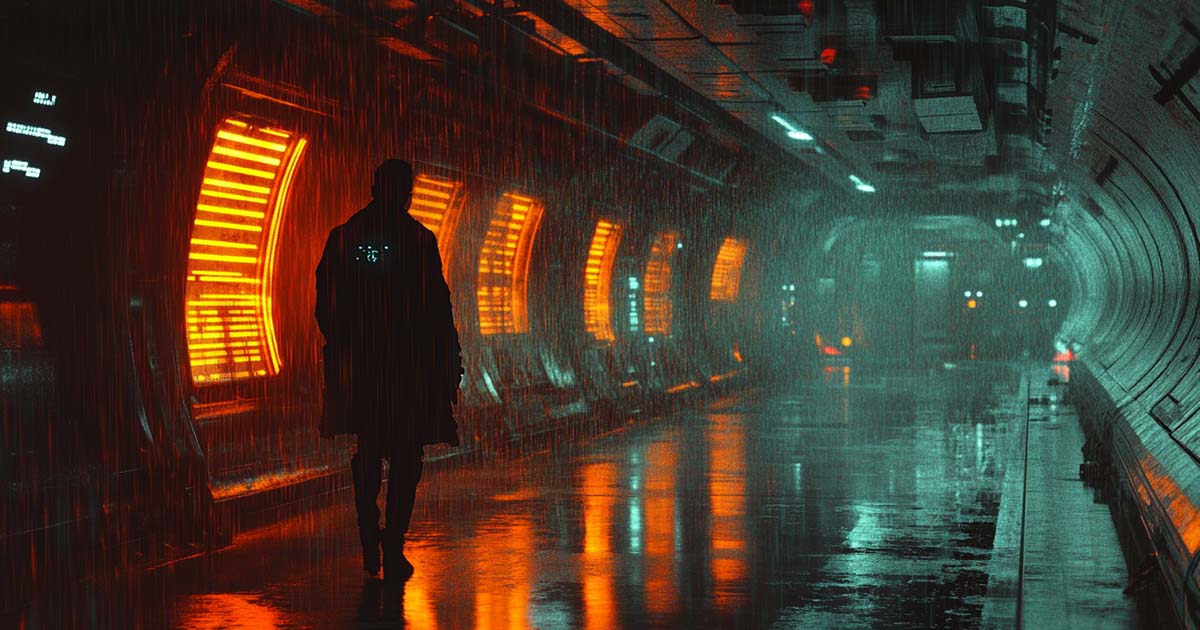
Two Worlds, One Mystery
"Star Trek: The Original Series" and "The Matrix" could hardly look more different. One is clean and orderly, where reason triumphs and humanity reaches for the stars. The other is dark and claustrophobic, where truth is hidden behind layers of illusion and control. One tells us the universe is knowable, the other suggests reality itself is a trap.
Yet science fiction has a way of folding in on itself. Storytellers borrow, mirror, and refine, often without knowing it. Visual ideas surface again decades later, reshaped by new technologies and concerns. Sometimes, these echoes are so precise they make you look twice.
There is one moment in "The Matrix"—a pivotal, nearly mystical transformation—that bears a strange resemblance to a scene from a particular TOS episode. Not just in tone, but in how reality itself bends around the central figure. It’s not the first connection between these franchises, but it might be the most unexpected.
And once you see it, it’s impossible to unsee. The thread between these two stories is real. You just have to know where to look.
A Classic Dilemma – When Reality Shifts on the Enterprise
In "The Tholian Web," the crew of the Enterprise faces an enigma that defies both their instruments and their instincts. Captain Kirk, stranded during an away mission aboard a drifting starship, vanishes just as the transporters engage. No body, no signal, only a shimmering disturbance where he had been. The crew is forced to consider the possibility that he is alive but no longer fully part of their reality.
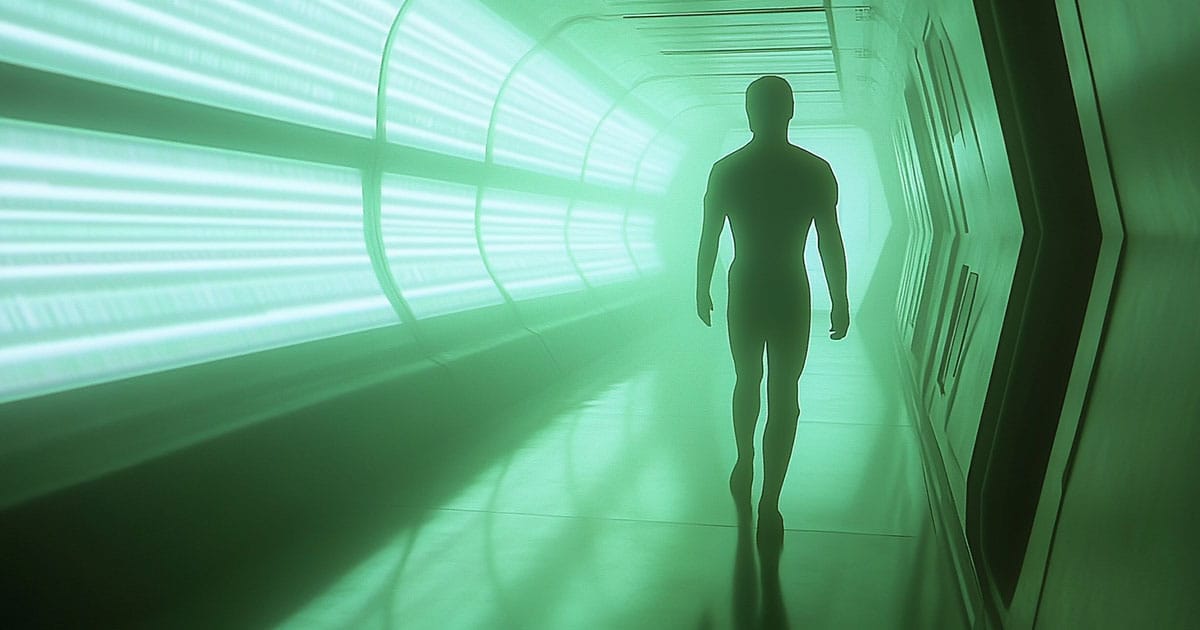
The episode builds suspense through uncertainty rather than action. Spock and McCoy struggle with duty, belief, and the unknown as increasingly strange phenomena strike the ship. Kirk begins to appear in brief, flickering moments. He is ghostlike, silent, and insubstantial, as if no longer governed by physical law.
Visually, the episode reaches beyond the limitations of its era. Kirk’s phasing presence is achieved through layered exposures and clever use of lighting to suggest dimensional displacement. The Tholians themselves never appear directly, but their weapon—the glowing geometric web—adds tension as it slowly encircles the ship. What holds the viewer is the feeling that the characters are suspended in something deeper than space.
This is not a simple missing-man scenario. It is a crisis of perception, of reality fraying at the edges. And it is precisely there that a strange echo begins to form.
A Digital Rebirth – The Moment That Defined Neo
In "The Matrix," there is a moment when the world falls away. Neo, newly resurrected and aware of the system’s true nature, begins to perceive reality not as solid matter but as flowing patterns of code. The hallway around him shimmers. Bullets freeze in midair, agents pause in confusion, and Neo moves with calm certainty through a world he now controls.
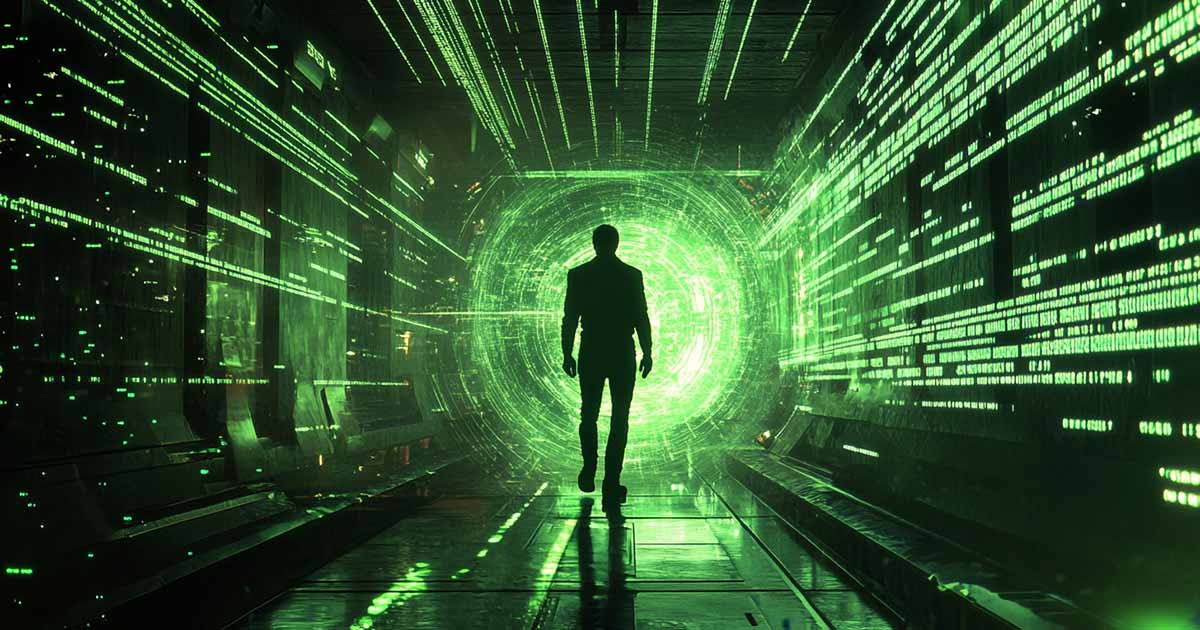
This scene is not just a technical marvel. It marks a shift in perspective, a character passing through a barrier that others cannot see. His physical body remains, but his mind has crossed into a deeper layer of truth. It is not a trick of editing or camera movement, but a deliberate visual expression of transformation.
What makes this sequence remarkable is how it mirrors an earlier approach to the same idea. Like Kirk trapped between dimensions, Neo is caught between two realities. Both characters appear suspended, visible yet unreachable, as if the rules of the universe are no longer fixed.
The effects in "The Matrix" are more advanced, but the emotional weight is strikingly similar. The audience watches a man awaken to something beyond physics. He is no longer simply in the world. He is above it, seeing what lies behind the veil.
Shared DNA – How Ideas Travel Through Time
Science fiction does not develop in isolation. It is a continuum, where old images and ideas resurface in new forms. Writers and directors absorb what came before, often unconsciously, and reshape it for a different age. In this way, the influence of "Star Trek" extends far beyond starships and phasers.
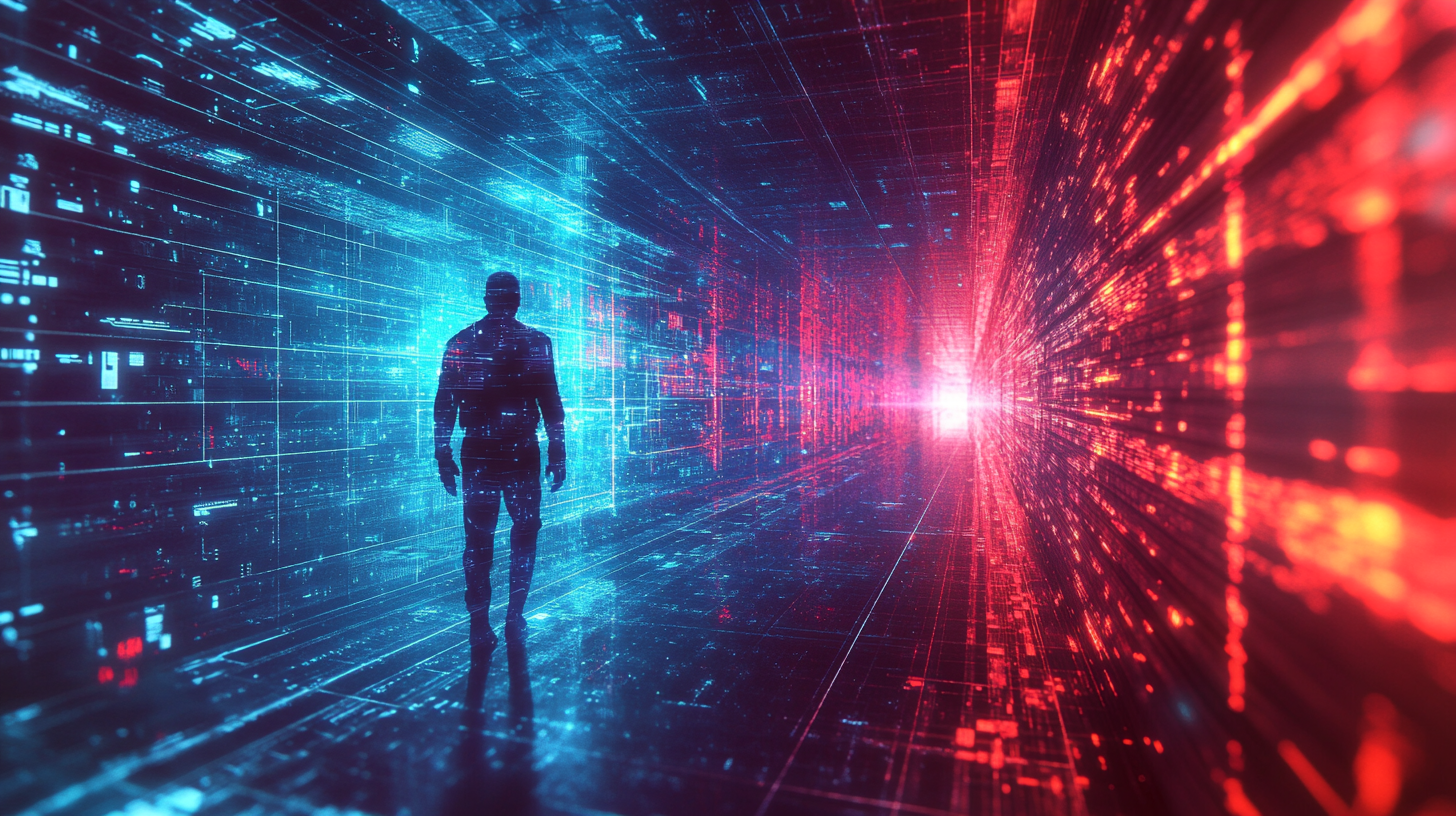
While there is no direct credit linking "The Tholian Web" to "The Matrix," the visual similarities are difficult to ignore. Both scenes deal with perception breaking down and the viewer confronting a new kind of reality. The slow, shimmering flicker of a man caught between dimensions is a rare and specific image. That it appears in both stories is more than a coincidence.
The Wachowskis were known to be steeped in science fiction. Interviews with their effects team reveal a deep familiarity with television from the 1960s and 1970s. They drew from comic books, anime, and older visual motifs that left strong impressions on a generation raised on reruns. It is entirely plausible that the memory of a ghostlike Kirk stuck with them, only to reappear decades later in the shape of Neo.
This is how science fiction speaks across time. Not always through direct homage, but through echoes. A powerful idea does not fade. It waits for the right moment to return.
Legacy in the Code – Star Trek’s Quiet Influence
Ideas have a way of persisting long after the sets have been struck and the actors have gone home. "The Tholian Web" was filmed with modest effects and a lean script, yet it managed to portray something profound. It gave form to the feeling of slipping between worlds, of seeing without being seen. That concept would echo decades later through new technology and darker visions.
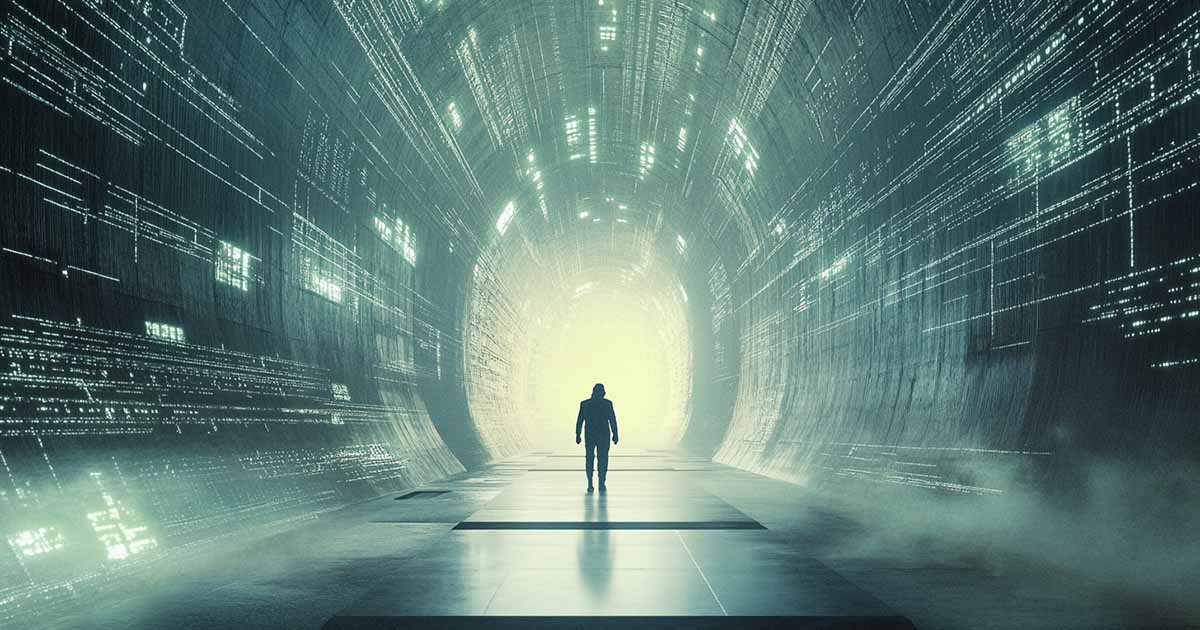
"The Matrix" offered a sharper, faster take on similar terrain. Its creators had access to digital tools that would have astonished the TOS effects crew. But what they captured—visually and emotionally—feels rooted in an older idea. It is not a direct line, but a hidden influence running beneath the surface.
This is the enduring power of "Star Trek." It seeded the genre with concepts that continue to grow in unexpected directions. Even when unacknowledged, its fingerprints remain.
Sometimes the future pays its respects not with citations, but with shadows. And those shadows often begin in the glow of a flickering starship corridor.

